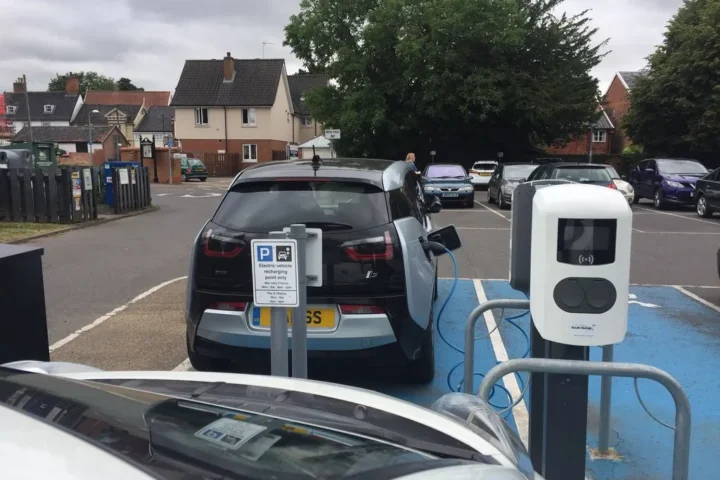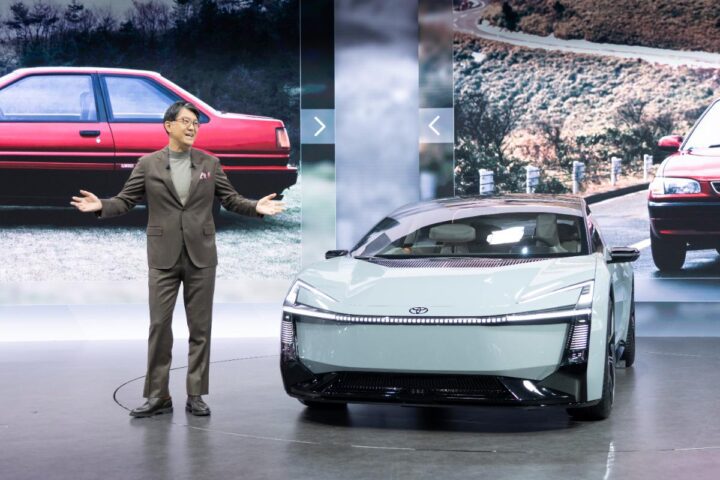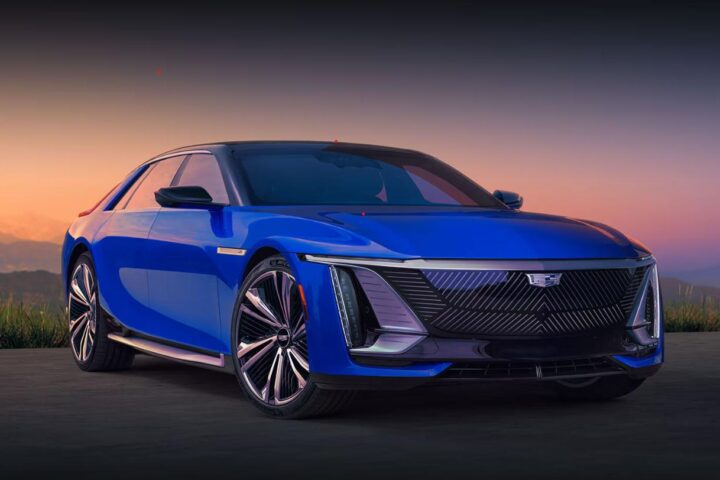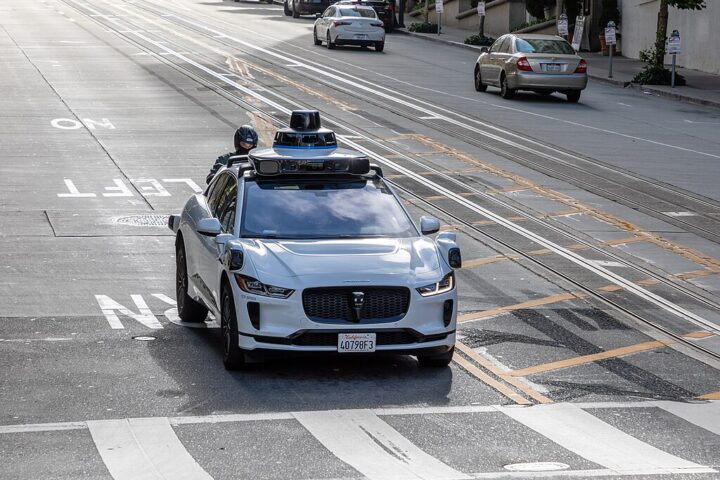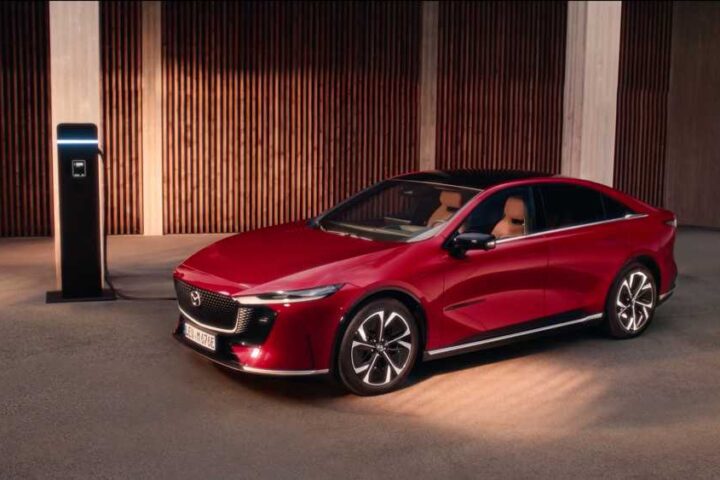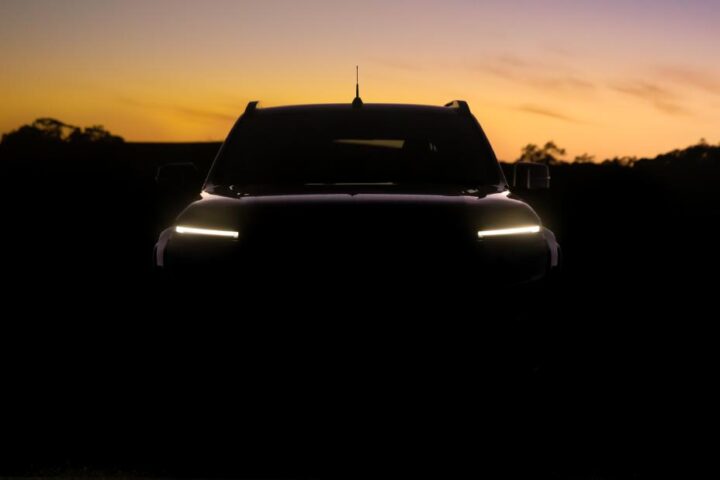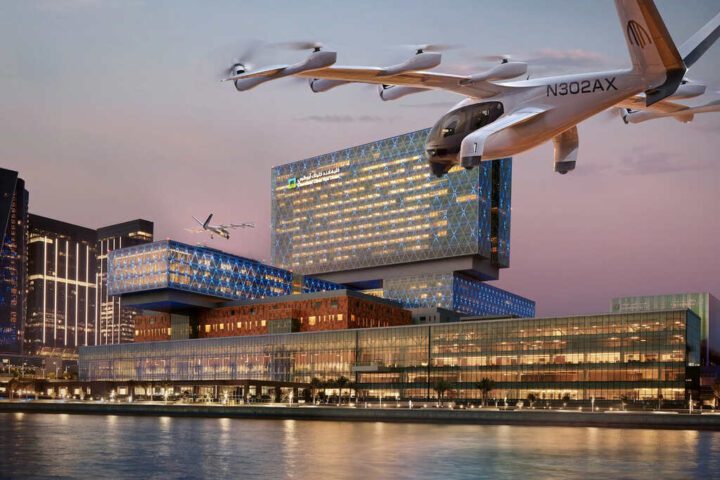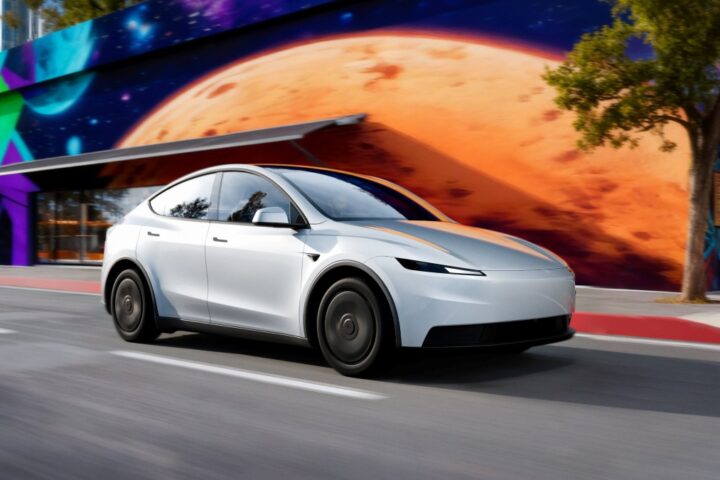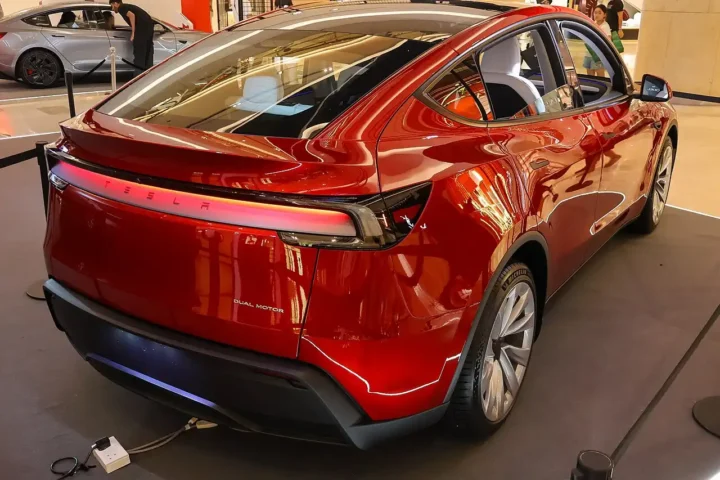Airbus’s Blue Condor project is flying into the future of aviation with its groundbreaking hydrogen-powered flights. On November 8, a modified Arcus-J glider, part of Airbus UpNext’s ambitious plan, took to the skies over Nevada, marking a milestone in aviation history. This was the first-ever flight completely powered by hydrogen, a significant stride towards sustainable aviation.
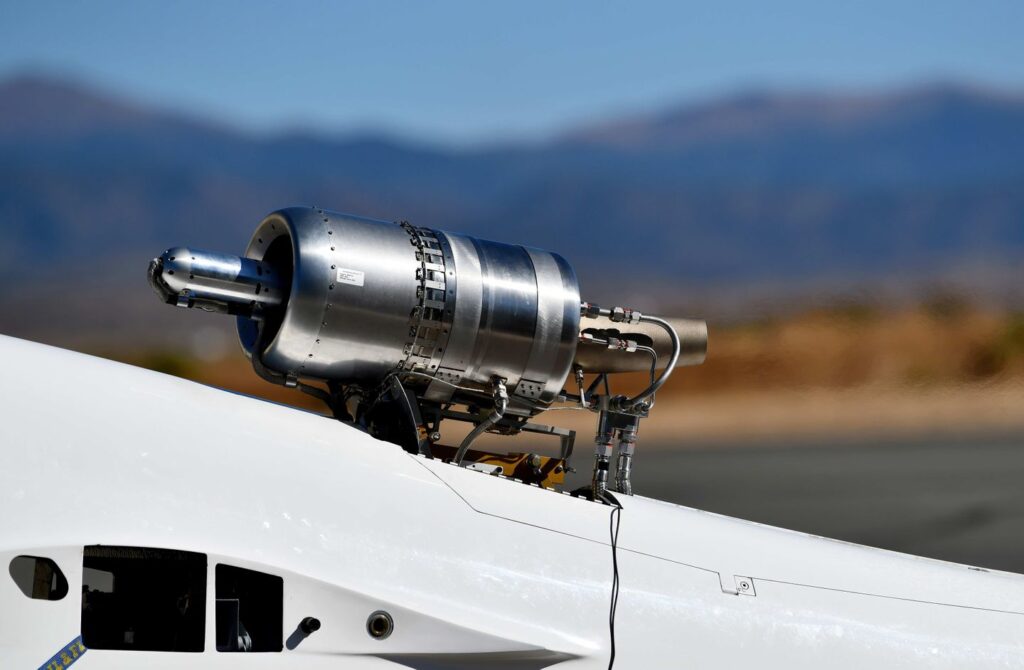
Hydrogen power isn’t just a buzzword; it’s a potential game-changer for low-carbon flight. Unlike traditional jet fuels, hydrogen’s combustion produces unique contrails. They’re free of soot and sulphur oxides but are rich in nitrous oxides and pack a heavy dose of water vapor—2.5 times more than kerosene-based contrails. This distinction is crucial because both nitrous oxide and water vapor are climate-impacting emissions, and understanding their effects is key to green aviation.
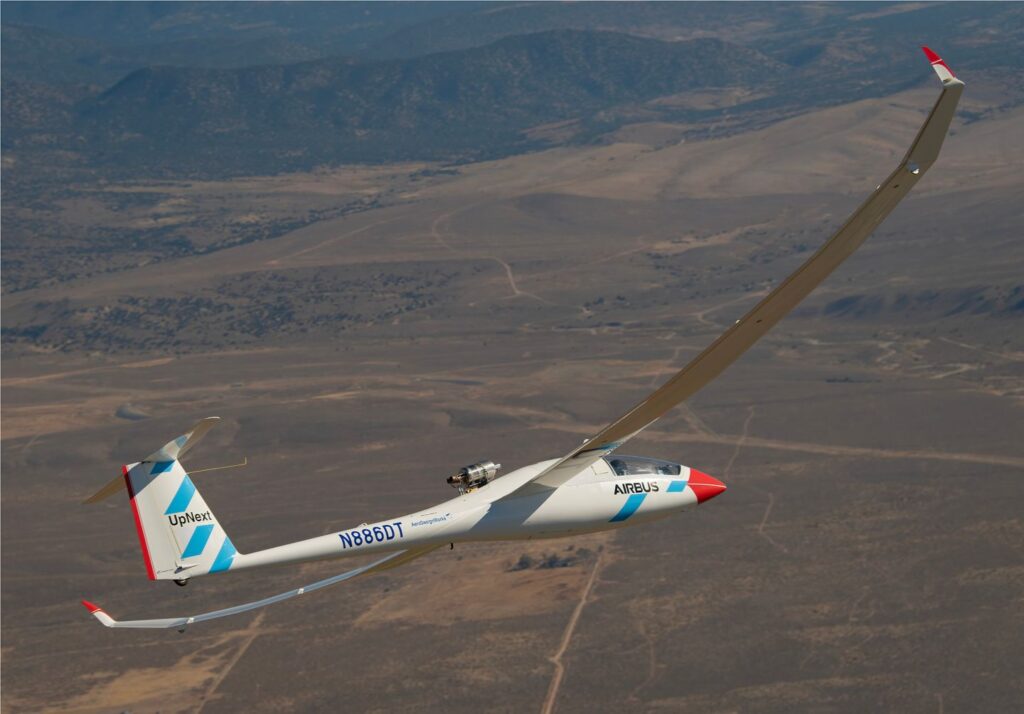
The Blue Condor’s maiden hydrogen-powered flight, lasting about 30 minutes at 7,000 feet, was more than just a test run. It was a demonstration of Airbus’ commitment to tackling climate impact in aviation. They aren’t stopping there; two more flights have followed, with tests including an engine start at 10,000 feet. These flights are paving the way for a major contrail study set for early 2024.
Similar Posts
This study isn’t just about flying high; it’s about delving deep into the environmental impact of hydrogen in aviation. The Blue Condor will soar to 30,000 feet, comparing its hydrogen-engine emissions with a kerosene-fueled engine on a second aircraft. This side-by-side analysis is critical for an accurate picture of hydrogen’s potential in reducing aviation’s carbon footprint.
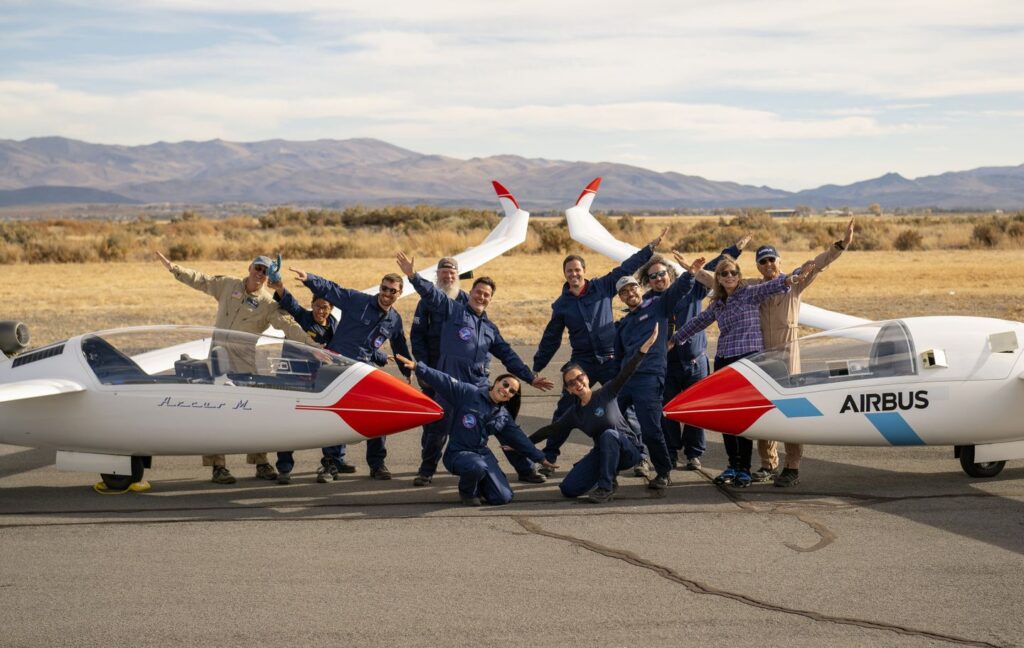
To gather this data, the Blue Condor team will utilize the Grob Egrett aircraft, equipped by the German aerospace lab DLR, as a chase plane. This aircraft will trail the glider, armed with sensors to collect and analyze atmospheric data, especially the contrails. This approach ensures a comprehensive understanding of hydrogen’s role in aviation’s future.
Airbus’ Blue Condor isn’t just a test flight; it’s a symbol of the aviation industry’s commitment to a greener future. By focusing on hydrogen power, Airbus is not only exploring new horizons in flight but also addressing the pressing issue of climate change. The data gathered from these flights will be crucial in shaping a sustainable path for aviation, proving that the sky’s the limit when it comes to innovation.



